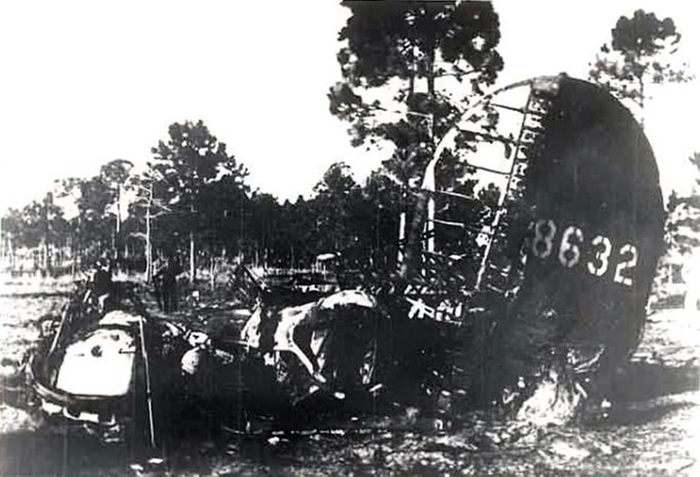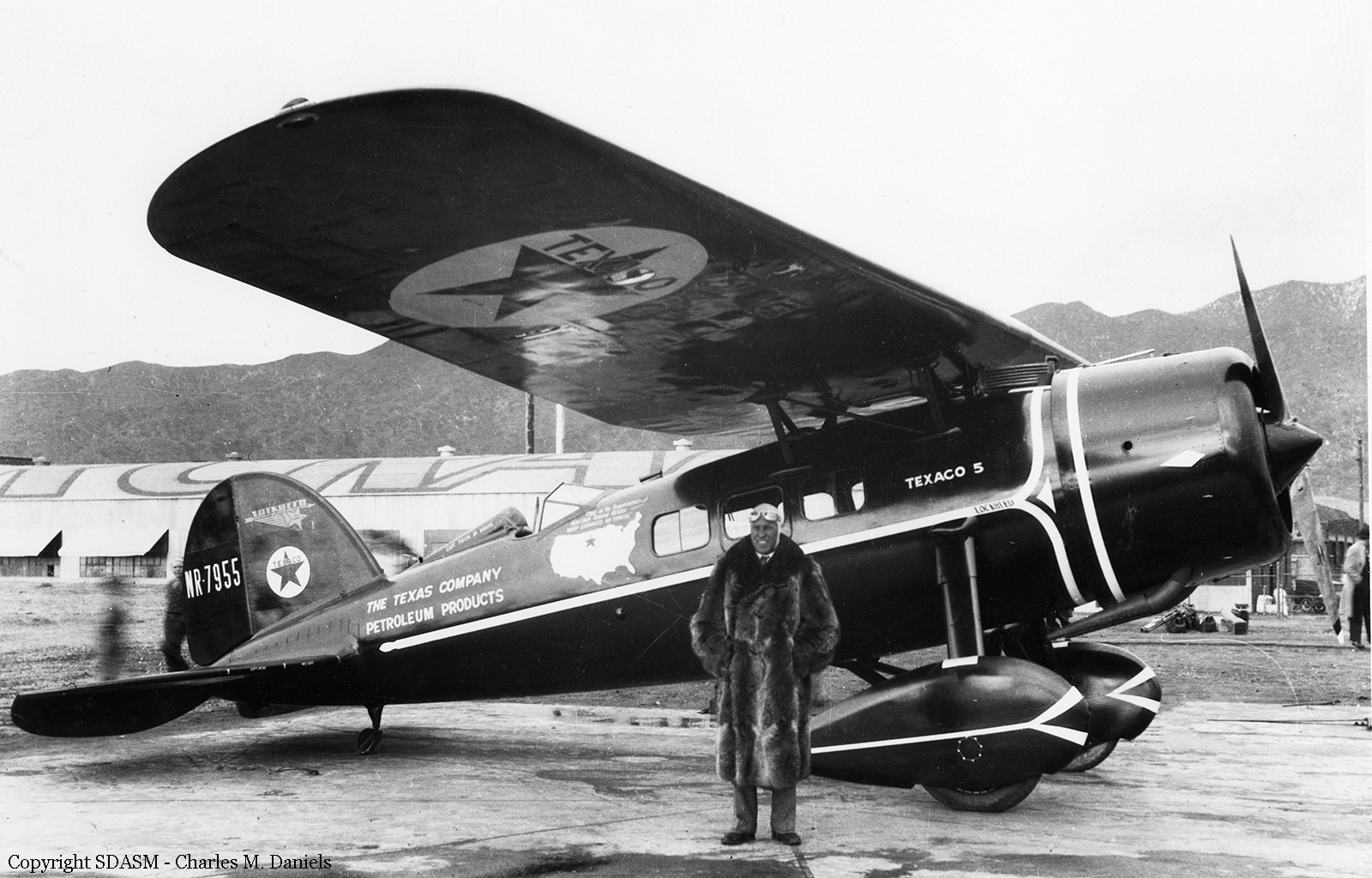Crash of a Douglas-Tulsa B-24H-1DT Liberator in West Palm Beach: 13 killed
Date & Time:
Dec 22, 1943 at 0200 LT
Registration:
41-28632
Survivors:
Yes
MSN:
224
YOM:
1941
Crew on board:
8
Crew fatalities:
Pax on board:
4
Pax fatalities:
Other fatalities:
Total fatalities:
11
Circumstances:
The four engine aircraft departed by night on a transatlantic flight to Europe. After a takeoff roll of 7,000 feet, the airplane rotated but encountered difficulties to gain height when it struck Australian pines and crashed in a huge explosion just past the runway end. Twelve crew members were killed while two others were injured. The aircraft was destroyed.
Crew:
Samuel Gerald Dean, pilot, †
Edward Joseph Wolbers, copilot, †
Radamés E. Cáceres, navigator, †
Douglas Laurent Dauphin, bombardier, †
Bert Garland Sauls Jr., master gunner, †
Kenneth N. Markle, radio operator, †
Louis Karp, artillery gunner, †
James Henry “Jim” Henderson, artillery gunner, †
Douglas Vincent Schmoker, artillery gunner, †
Howard George Sewell, turret gunner.
Passengers:
George M. “Pud” Durrett, †
Robert H. Watson, †
Harold Edwin Richards, †
James Dixon “Big Jim” Fore. †
Crew:
Samuel Gerald Dean, pilot, †
Edward Joseph Wolbers, copilot, †
Radamés E. Cáceres, navigator, †
Douglas Laurent Dauphin, bombardier, †
Bert Garland Sauls Jr., master gunner, †
Kenneth N. Markle, radio operator, †
Louis Karp, artillery gunner, †
James Henry “Jim” Henderson, artillery gunner, †
Douglas Vincent Schmoker, artillery gunner, †
Howard George Sewell, turret gunner.
Passengers:
George M. “Pud” Durrett, †
Robert H. Watson, †
Harold Edwin Richards, †
James Dixon “Big Jim” Fore. †









